Broadleaf
Broadleaf weeds are a common type of weed that can be found in lawns. They are characterised by their broad, flat leaves and can grow in a variety of shapes and sizes. Common examples of broadleaf weeds include dandelions, clover, and bindii.
Broadleaf weeds can be a nuisance in lawns because they frequently grow much taller than the surrounding grass, creating an unsightly appearance. Additionally, they can also compete with the grass for nutrients, water, and sunlight, which can weaken the overall health of the lawn.
To control broadleaf weeds, it’s important to first properly identify the specific weed, as treatment options vary. We can help you determine the most effective way to control the specific broadleaf weeds present in your lawn.
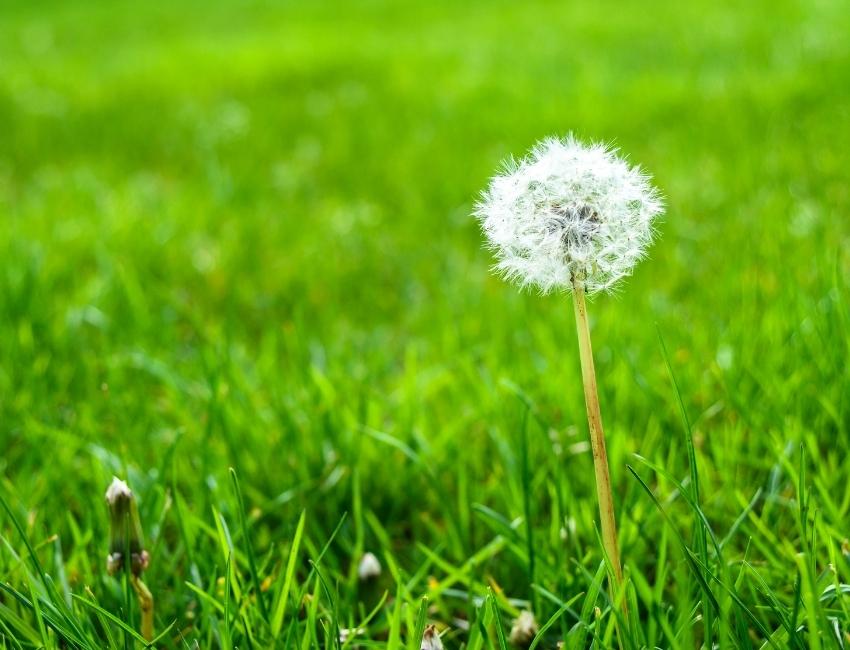
Grass
Grass weeds are unwanted plants that can invade and take over a lawn, making it look unsightly and diminishing the health of the grass. These weeds can be either summer or winter annuals, depending on their growth cycle and when they are most active.
Summer annual grass weeds typically germinate in the spring and die in the autumn, with most of their growth and reproduction happening during the summer months. Examples of summer annual grass weeds include summer grass, crabgrass, barley grass, and paspalum. These weeds tend to have a shallow root system and are easily controlled by regular mowing and by applying pre-emergent weed control products early in the season.
Winter annual grass weeds, on the other hand, germinate in the fall and die in the spring, and tend to be more active during the winter months. Winter Grass and Rye Grass are two examples of annual grass weeds that grow in the winter. These weeds tend to have a deeper root system and are more difficult to control. Post-emergent weed control products should be used when they are actively growing and visible on the lawn.
To keep your lawn weed-free and healthy, it is important to be aware of the types of grass weeds that are common in your area and to take steps to control them. A healthy lawn that is well-maintained, fertilised, and mowed regularly will be less susceptible to weed invasion.
It is also good to have a professional diagnose the type of weed and recommend the best method to control it.

Some control methods are:
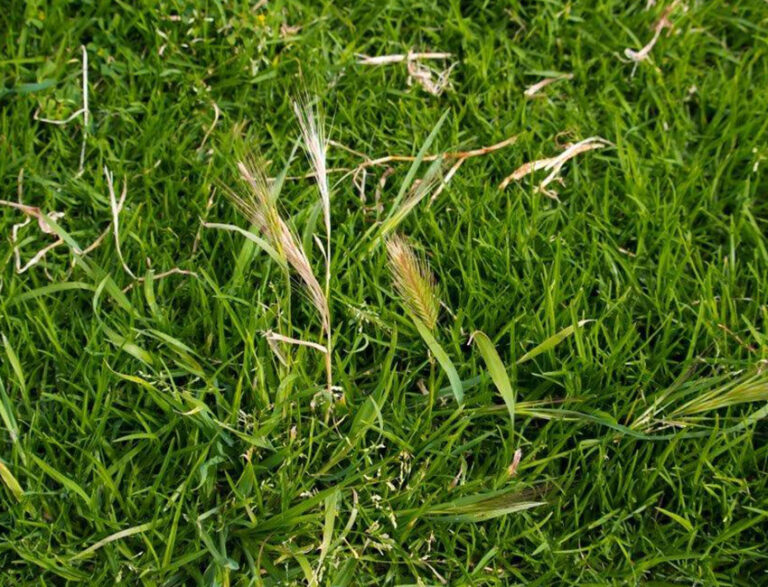
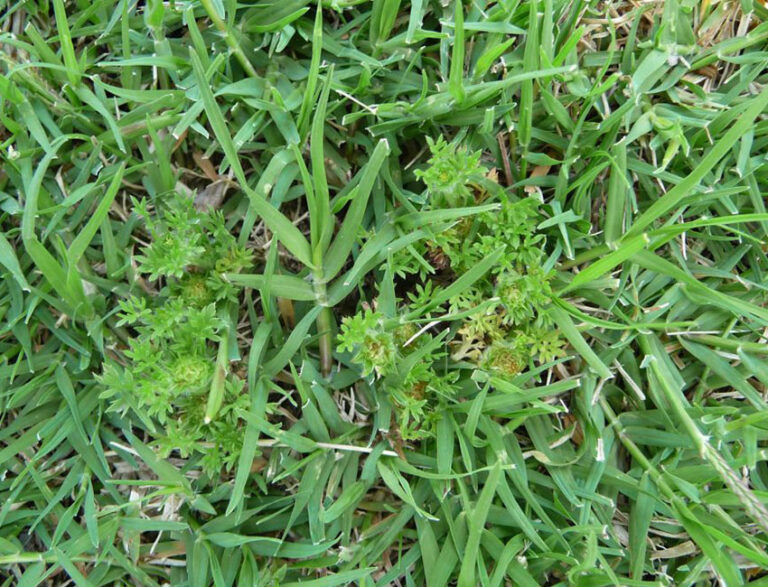

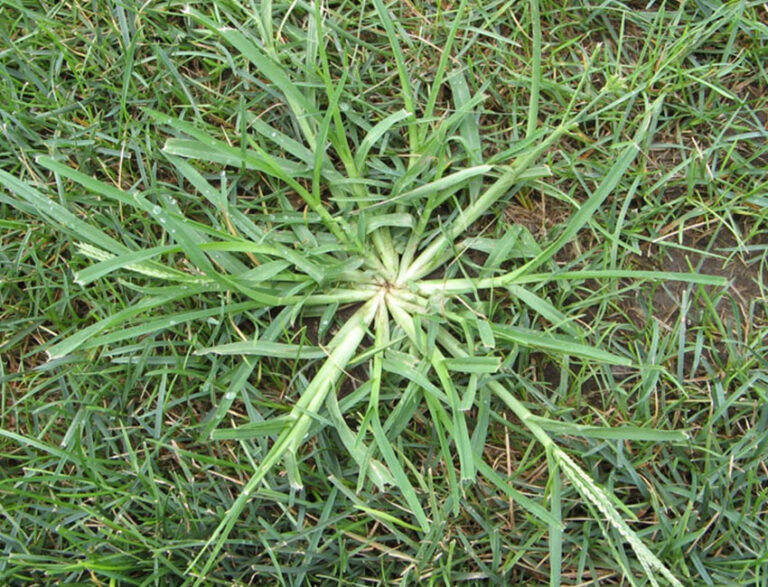

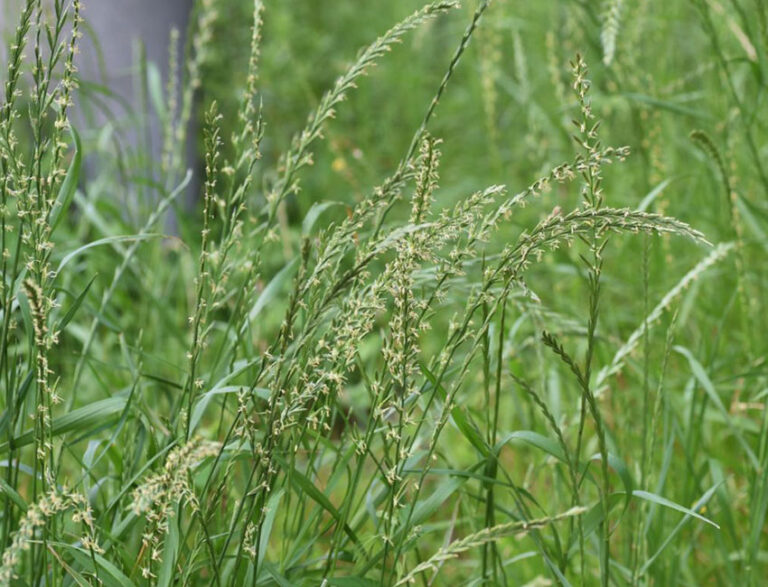
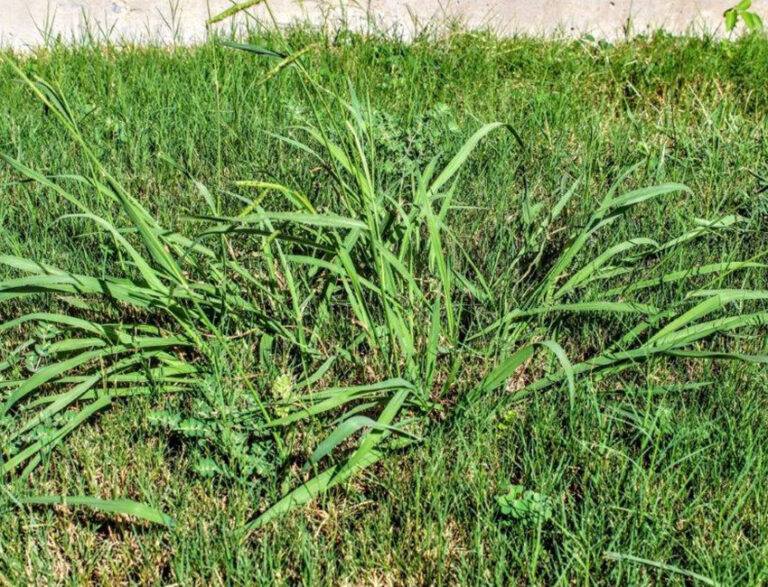

Lawn insects are a frequent problem that can cause damage to your lawn and garden. These insects can come in different forms, from grubs and mites to armyworms. They can cause damage to the lawn by eating the roots of the grass, chewing on the leaves and blades, and creating tunnels and mounds.
One of the most common lawn insects is the grub. Grubs are the larval stage of certain beetles, such as black beetles. They live in the soil and feed on the roots of the grass, causing damage that can be difficult to detect.
Lawn mites are a type of arthropod that can cause damage to lawns by feeding on the blades of grass. They are small, spider-like creatures that are difficult to see with the naked eye and are most active in hot, dry conditions. There are several different types of lawn mites, each with their own unique characteristics, but they all cause similar damage to the lawn. They can cause yellowing, discoloration, or even brown patches on the lawn. The damage can be severe if left untreated. They can also cause itching and rashes in people who encounter them.
Armyworms are another common lawn insect; they can cause severe damage to lawns, especially during their larval stage. They are the larvae of a type of moth, and they feed on the leaves of the grass, leaving behind bare, brown patches.
Most pest problems can be treated with an application of a lawn insecticide followed by a light watering in. This is best to be completed in late afternoon to early evening as insects are at their most active after dark.

Ultimately, the best way to control lawn insects is to maintain a healthy lawn; this can help to create an environment that is less conducive to insect infestations. Proper mowing, fertilization, and watering are all important components of a healthy lawn.
In addition, professional lawn care services can help identify and control lawn insects using a variety of methods, including chemical treatments and biological controls.
Fungi are a common problem that can affect lawns. Lawn fungi can cause a variety of issues, such as discoloration, wilting, and even death of the grass. The two most common types of lawn fungi are brown patch and dollar spot.
Brown patch is a fungus that affects warm-season grasses; it typically appears as circular patches of dead or dying grass. The patches can be several feet in diameter and can occur when temperatures are above 30°, humidity is high, and soil moisture is excessive. It can cause severe damage to the lawn if left untreated.
Dollar spot is another common lawn fungus that affects the leaves of the grass, causing small, circular brown spots that are about the size of a silver dollar. The fungus thrives in high humidity and temperatures between 15 and 30°. It can cause extensive damage to the lawn if left untreated.
To control lawn fungi, it’s important to maintain a healthy lawn by providing appropriate water, sunlight, and nutrients. In addition, it’s important to remove diseased clippings and debris from the lawn to prevent the spread of the fungus.
Regular aeration and scarification can also help to improve the health of the lawn and reduce the risk of fungal infections.

If you suspect your lawn has a fungal infection, it’s best to consult with a professional lawn care provider for a proper diagnosis and treatment.